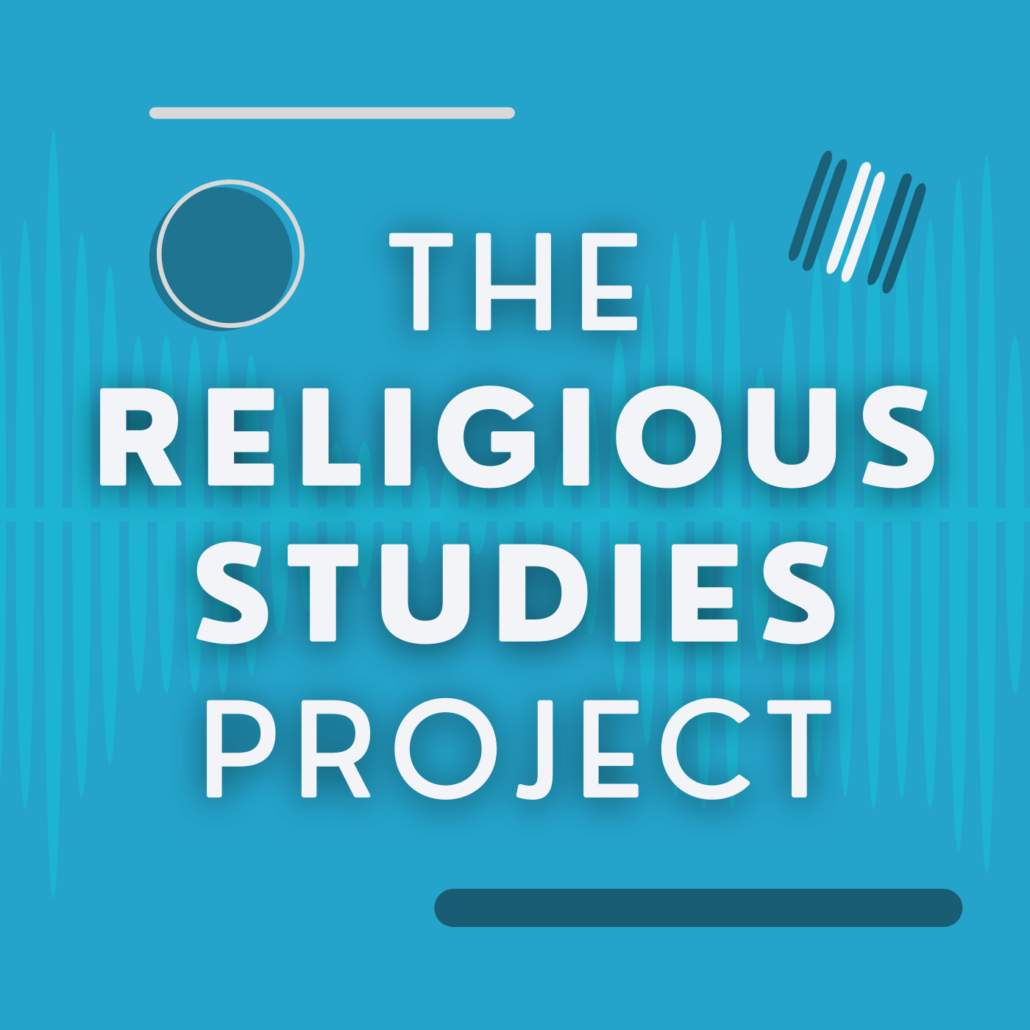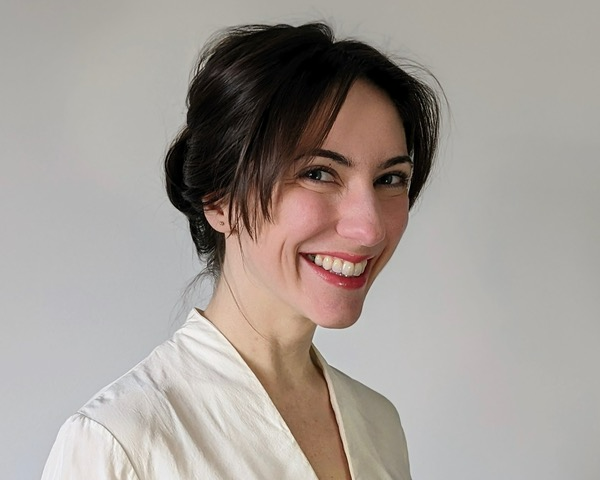Richard Ascough and Sharday Mosurinjohn
In this second of a two-part series, Richard Ascough adds his voice to Sharday Mosurinjohn’s reflections on a new blog post assignment used in a course on Spirituality, Secularity, and Nonreligion taught through the School of Religion at Queen’s University. In the earlier post, Sharday noted that she learned two key lessons: that students are concerned about what it means to be “critical” in a public posting and that they do not have a level of digital literacy that one might expect in a generation that grew up fully immersed in digital technologies. In this follow-up post, Sharday and Richard discuss strengths and weaknesses in students’ digital literacy and explore how understanding one of the weaknesses might actually help us understand a particularly troublesome religious studies concept – what they consider a “threshold concept.”
Despite students’ immersion in the world of digital communication instructors cannot presume that undergraduates have a high level of digital literacy. Indeed, perhaps what it takes to be digitally literate in their social media contexts is distinct from, if not antagonistic to, the expectations of a professional scholar. In truly social media (social media that is “off duty” from professional work, unlike the academic Twitterverse or blogosphere), the poster is the author, regardless of where the content originally came from, because part of the value of sharing a meme, a link, a retweet, is for each poster to show their audience they “get” it and are in on the conversation. Authorship, then, is less a matter of intellectual property than an expression of “authenticity.” As Katz and Shifman (2017, 825) write, “digital nonsense [clusters of seemingly meaningless digital texts imitated and circulated by many participants] is … a generative source of ‘affective meaning’ that marks the formation of social connections preceding cognitive understanding.” The same might go for content, as far as the disregard for building on the work of scholars that have come before; religion scholars know from the likes of Charles Taylor (2007) and Paul Heelas and Linda Woodhead (2005) that we are living in an age where subjective authority and personal authenticity are ascendant values. It matters to students because, to invoke The Dude, “that’s just, like, your opinion, man.” And given that conventional writing mechanics get reconfigured in texting and microblogging to replace face-to-face affective cues (e.g., “Here’s Why a Period in a Text Message Makes You Sound Angry”), it stands to reason that establishing writerly tone in a digital context is that much more challenging than in a traditional essay.
To address this, in the next iteration of “The Blog Assignment” (as described by Sharday here) choosing which blog to comment on will become an opportunity to evaluate digital sources for scholarly integrity. Students will workshop a completed draft of their comment before posting it and we’ll discuss what makes it publication-worthy or not.
In the absence of these safeguards in the inaugural iteration of The Blog Assignment a fascinating trend emerged: whether it was “secular spirituality” or “spiritual but not religious,” student assignments addressing the concept of “spirituality” troubled some of the best analysts and most skillful writers – and we think this is not unrelated to the points made above in relation to the “subjective turn.” While informally debriefing this assignment, it occurred to us that “spirituality” is a troublesome concept whose understanding will irreversibly change how students engage with the field.
We noted that when asked to define “religion” students in upper year religious studies seminar courses tend initially to divide along two camps. First-timers tend to invoke words such as “faith,” “belief,” and “practice,” while clearly indicating that they are talking about “others,” not themselves, for they have no credal or liturgical inclinations. Religious studies concentrators, or indeed anyone who has previously taken a religion course, tend towards a wry smirk, knowing almost instinctively that the “correct” answer is to challenge the very notion that there is a “thing” called “religion” that exists anywhere outside the scholarly category created by academics. They too, however, are often keen to avoid implicating themselves in the category, no matter how artificially constructed it may be. Two camps, with different underlying assumptions, but both clear in their affirmation “not me.”
Inevitably someone will throw up the term “spirituality” and the mood in the room shifts dramatically. Often it is framed as a contrast: “I am spiritual, but not religious” – almost as if to say, I am “good” not “bad.” But what does that mean? Suddenly hands go up, putting substance to the term – yoga; sunsets; mindfulness; hiking; volunteerism. Such self-revelation is often deeply personal yet unsystematic not only insofar as students do not share the same view, but also that a single student may articulate different descriptions of “spirituality” across different courses in the same week. We liken this approach to modular furniture – various pieces that can be coordinated in multiple configurations, depending upon the discursive needs of the moment.
Our students can be disabused about religion. They can accept it’s not sui generis. Moreover, in this generation of students, many are not religious. But “spirituality” floats in their discourse as something that’s not grounded by the same institutional histories as “religion.” It offers all the same resistances to definition, as many scholars have demonstrated, yet our students resist subjecting it to scrutiny. We suspect that students don’t necessarily want to transfer the lessons of “religion” over to “spirituality” because in the cultural context of their lives, it matters to them in Taves and Bender’s (2011) sense, as a major way that things get their value. And in their scholarship, it’s an escape hatch from religion that allows them to talk about what has been the purview of “religion” without the difficult work of historicizing and otherwise contextualizing phenomena that, in a digital landscape, may be especially ephemeral.
In this way “spirituality” is, like “religion,” a “threshold concept,” a “troublesome” or “irreversible” idea that comes into play in the formation of scholarly identity (Meyer & Land 2006). While students have crossed the threshold that disallows imagining “religion” as a “thing” in and of itself rather than a construct of scholarly discourse, with all its attendant political ramifications and power dynamics, a core pedagogical problematic for us is moving students to see “spirituality” in a similar way, even in a course such as Sharday’s that tackles this construct directly.
By attempting to destabilize their underanalysed notions of “spirituality,” we are trying to shift students’ binary thinking in ways that are irreversible, that do not allow them to return to a juxtaposition of “religion” as somehow “bad” and “spirituality” as somehow “good” or at least “better.” We want them to cross a conceptual Rubicon (“Rubiconcept”?), one of many in Religious Studies (and possibly other fields), that we are exploring in our ongoing project on “threshold concepts.”
References
- Bender, Courtney and Ann Taves. 2012. What Matters? Ethnographies of Value in a Not So Secular Age. New York: Columbia University Press.
- Heelas and Woodhead, et. al. 2005. The Spiritual Revolution: Why Religion is Giving Way to Spirituality. London: Blackwell Publishing.
- Katz, Yuval, and Limor Shifman. 2017. “Making sense? The Structure and Meanings of Digital Memetic Nonsense.” Information, Communication and Society 20(6): 825-42.
- Meyer, Jan and Ray Land. 2006. “Threshold Concepts and Troublesome Knowledge: An Introduction.” In Overcoming Barriers to Student Understanding: Threshold Concepts and Troublesome Knowledge, ed. Jan Meyer and Ray Land, 3-18. London: Routledge.
- Taylor, Charles. 2007. A Secular Age. Cambridge MA: The Belknap Press of Harvard University Press.





